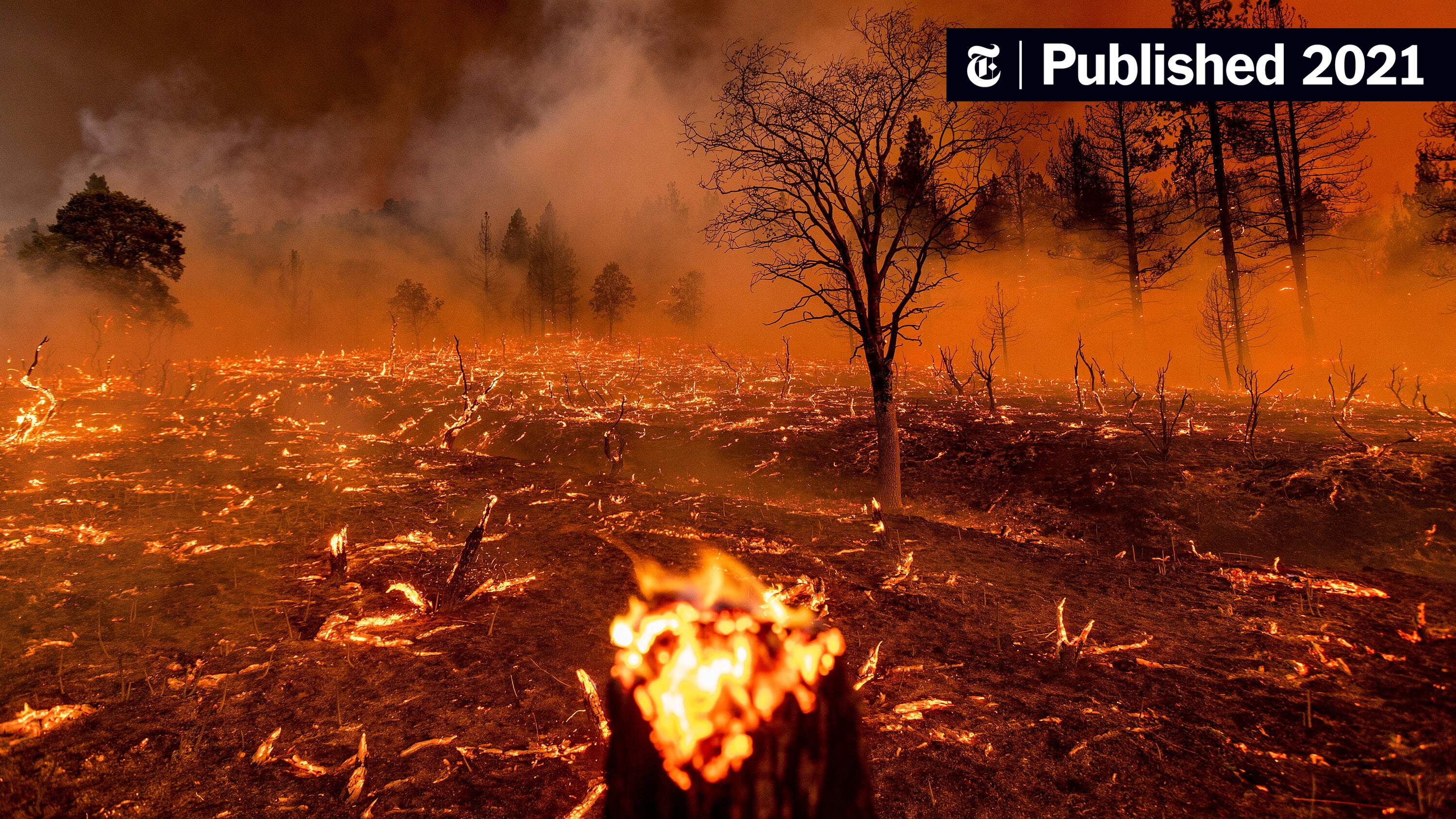Global Forest Loss Hits Record High: Understanding The Wildfire Impact

Table of Contents
The Scale of Global Forest Loss and its Correlation with Wildfires
Data and Statistics
The scale of global forest loss is staggering. According to the Food and Agriculture Organization of the United Nations (FAO), millions of hectares of forest are lost annually, with a significant portion attributable to wildfires.
- Year-over-year increases: Data reveals a concerning upward trend in forest loss over the past decade, with some years showing particularly dramatic increases driven by extreme weather events and increased wildfire activity.
- Regions most affected: The Amazon rainforest, the boreal forests of Siberia, and Indonesia are among the regions experiencing the most significant losses, contributing significantly to global deforestation.
- Wildfire's contribution: Wildfires are increasingly a major driver of global forest loss, accounting for a substantial percentage of the total area lost each year. The severity and frequency of these fires are escalating, exacerbating the problem.
Types of Wildfires and their Impact
Wildfires vary in their intensity and impact on forest ecosystems.
- Ground fires: These smolder beneath the surface, burning organic matter and impacting soil health. They can be slow-burning but persistent, damaging root systems and releasing significant greenhouse gases.
- Crown fires: These rapidly spread through the tree canopies, consuming vast areas of forest in a short period. They cause significant destruction of above-ground biomass and have devastating effects on wildlife.
- Climate change's role: Climate change plays a crucial role in increasing the frequency and intensity of wildfires. Higher temperatures, prolonged droughts, and changes in precipitation patterns create ideal conditions for wildfire ignition and rapid spread.
The Environmental Consequences of Global Forest Loss
Biodiversity Loss
The destruction of forests through wildfires and deforestation leads to immense biodiversity loss.
- Endangered species: Many endangered species rely on forests for habitat and are particularly vulnerable to the impacts of wildfires and deforestation. Habitat loss and fragmentation threaten their survival. Examples include orangutans in Indonesia and numerous bird species in the Amazon.
- Carbon sinks: Forests act as crucial carbon sinks, absorbing atmospheric carbon dioxide. Their loss reduces the planet's capacity to mitigate climate change, leading to a positive feedback loop.
Climate Change Exacerbation
Global forest loss significantly exacerbates climate change.
- Carbon dioxide emissions: Wildfires release massive amounts of carbon dioxide into the atmosphere, contributing to global warming. Deforestation further exacerbates this by reducing the planet's ability to absorb CO2.
- Positive feedback loops: The loss of forests contributes to higher temperatures, increased drought, and more frequent and intense wildfires, creating a dangerous positive feedback loop that accelerates climate change.
Soil Erosion and Water Cycle Disruption
Deforestation weakens the soil, disrupting water cycles and impacting local communities.
- Soil erosion: The removal of forest cover exposes soil to the elements, leading to erosion and nutrient depletion. This reduces soil fertility and agricultural productivity.
- Altered water flow: Forests play a vital role in regulating water cycles. Their loss leads to altered rainfall patterns, increased flooding, and decreased water availability in some areas. This directly impacts local communities dependent on forest resources for their livelihoods.
Combating Global Forest Loss and Wildfire Impacts
Prevention and Mitigation Strategies
Effective strategies are needed to prevent wildfires and mitigate the effects of deforestation.
- Forest management practices: Controlled burns, reforestation efforts, and sustainable forestry practices are essential for reducing wildfire risk and promoting forest regeneration.
- International cooperation: Global cooperation is crucial for addressing this global challenge. International agreements and policies are needed to support forest conservation efforts worldwide.
Technological Advancements
Technology plays a significant role in combating global forest loss.
- Satellite imagery and early warning systems: These technologies allow for early detection of wildfires and monitoring of deforestation activities, enabling timely interventions.
- Drone technology and AI: Drones can be used for surveillance, firefighting, and reforestation efforts. AI and machine learning can be employed to analyze data and predict wildfire risk.
Community Involvement and Education
Community engagement and public awareness are crucial.
- Local communities: Local communities play a crucial role in forest conservation. Their involvement in sustainable forest management is vital.
- Public education: Educating the public about wildfire prevention and the importance of forests is crucial for fostering responsible behavior and promoting conservation efforts.
Conclusion
Global forest loss is a critical issue, significantly exacerbated by increasingly frequent and intense wildfires. The environmental consequences are far-reaching, impacting biodiversity, climate change, and human livelihoods. To effectively combat this crisis, a multi-faceted approach is required, involving improved forest management, technological advancements, international cooperation, and increased public awareness. Let's work together to reverse the alarming trend of global forest loss. By supporting reforestation efforts, advocating for sustainable practices, and reducing our carbon footprint, we can protect our forests and mitigate the devastating impact of wildfires. Learn more about combating global forest loss and contributing to a greener future.

Featured Posts
-
 Strengthening Ties Bangladesh Businesses In Europe Prioritize Collaboration And Growth
May 24, 2025
Strengthening Ties Bangladesh Businesses In Europe Prioritize Collaboration And Growth
May 24, 2025 -
 Alexandria International Airport And England Airparks Fly Local Explore Global Campaign Takes Off
May 24, 2025
Alexandria International Airport And England Airparks Fly Local Explore Global Campaign Takes Off
May 24, 2025 -
 Amsterdam Residents File Lawsuit Against City Due To Tik Tok Influx At Popular Snack Spot
May 24, 2025
Amsterdam Residents File Lawsuit Against City Due To Tik Tok Influx At Popular Snack Spot
May 24, 2025 -
 Nrws Beliebteste Eissorte Das Ergebnis Ueberrascht
May 24, 2025
Nrws Beliebteste Eissorte Das Ergebnis Ueberrascht
May 24, 2025 -
 Trumps Air Traffic Control Plan Newark Airports Recent Issues Explained
May 24, 2025
Trumps Air Traffic Control Plan Newark Airports Recent Issues Explained
May 24, 2025
